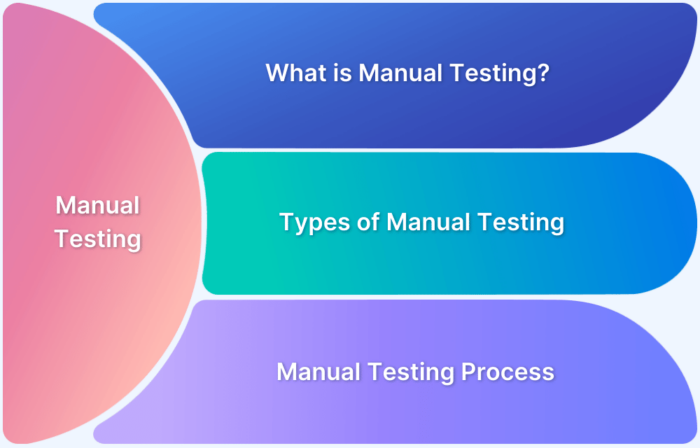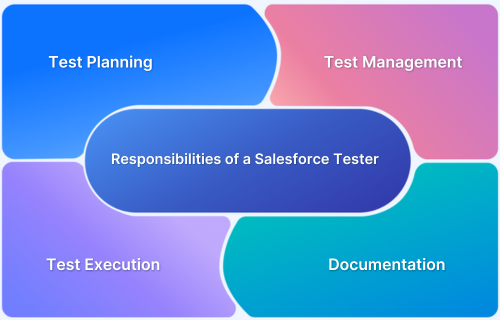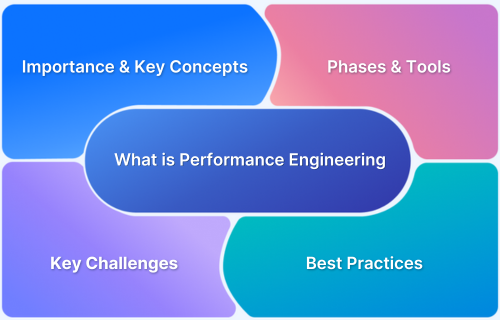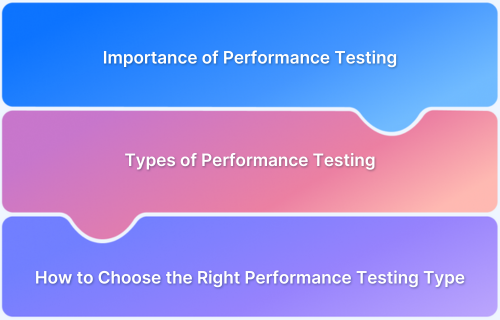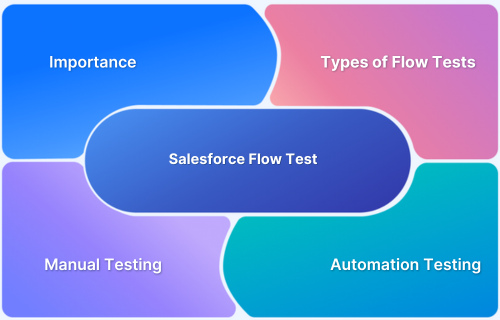Manual Testing
-
Manual Testing in 2026: Tutorial
This manual testing tutorial for beginners will explain the fundamentals and also explain the stages and methods used in manual testing.
Learn More -
A Complete Guide to CSS Media Query [2026]
What are CSS Breakpoints and Media Query Breakpoints? Learn to define CSS Breakpoints in Responsive Design with examples. Find out.
Learn More -
Devtools for Safari Mobile View in 2026
Learn how to view the mobile version of a web page on Safari using its DevTools. Also learn how to perform Safari testing on real Apple devices using BrowserStack's real device cloud.
Learn More -
How to Test Two-Factor Authentication in 2026
Two Factor Authentication or 2FA is important for security. Here’s how to test 2FA for a more secure user experience
Learn More -
Roles and Responsibilities of a Salesforce Tester
Learn the roles and responsibilities of Salesforce testers and the essential skills needed to build a strong and effective testing strategy.
Learn More -
Salesforce Regression Testing: Meaning, Benefits, and Best Practices
Learn what Salesforce regression testing is, its importance, benefits, best practices, and how to choose the right tool.
Learn More -
What is Performance Engineering?
Learn what performance engineering is, why it matters, and how it ensures fast, reliable, and scalable software from development to production.
Learn More -
Types of Performance Test
Explore the different types of performance testing and the steps to choose the right one. Learn how BrowserStack helps test under real-world conditions.
Learn More -
How to Test Salesforce Flow?
Learn what Salesforce flow test is, why you should test it, different types, and how to run Salesforce flow tests both manually and automatically.
Learn More -
Concurrency Testing: Benefits, How to Perform, Tools, and Best Practices
Learn about concurrency testing: benefits, step-by-step guide, top tools, key metrics, and best practices for optimal performance.
Learn More
